Frost-resistant honeysuckle variety Chulymskaya with very tasty berries
Chulymskaya honeysuckle decorates a house plot or garden and produces high yields of tasty and sweet berries. The variety is frost-resistant, easy to care for, and has strong immunity. Let's look at how to properly plant a plant and care for it.
Honeysuckle Chulymskaya: variety description
The variety is self-sterile. It is pollinated simultaneously by flowering honeysuckles of Turchaninov and Kamchatka.
Origin and development
Breeders from the city of Bakchar, Tomsk region, worked on the creation of the Chulymskaya variety in the 80s of the last century. We got it as a result of crossing the most productive Altai and Kamchatka varieties honeysuckle
The plant was included in the State Register of the Russian Federation in 2004 with permission for cultivation in all regions of the country. Since the culture was created taking into account the harsh winters of the Urals, it has high frost resistance.
Characteristics, description of appearance, taste
The variety has a medium ripening period, but the berries do not ripen simultaneously, but gradually, over several weeks. A perennial, self-pollinating shrub, medium-sized (1.3 m in height), medium-spreading, rounded crown shape.
The shoots are brown-brown, pubescent, of medium thickness, straight, with a slightly drooping tip. In early April, the bush produces a large number of dark green, slightly pubescent young shoots, which become lignified as they grow. Leaves are almond-shaped.
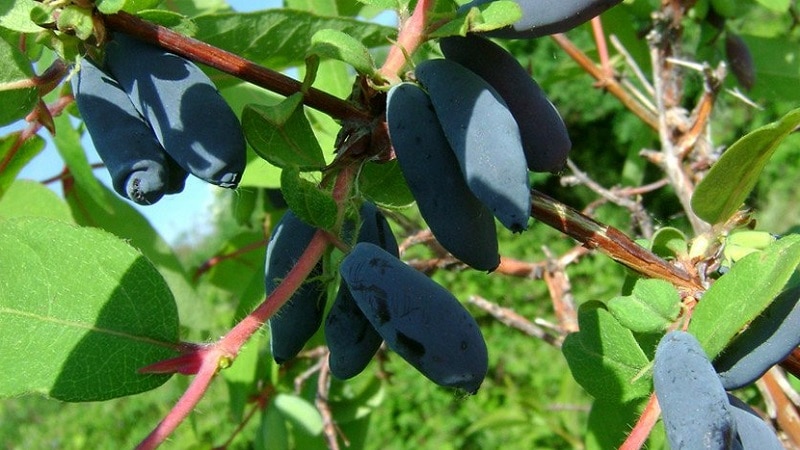
The berries are elongated, with a depression at the top, hold tightly on the branches and do not fall off.Large ones - 1.2 g, and when grown on loams enriched with minerals, they gain weight up to 1.6 g. The color is dark purple, the skin is thin.
Reference. Sometimes the fruits appear gray due to the formation of a whitish coating on the surface.
The berries are sweet, with a slightly noticeable sourness and a refreshing aroma. They are eaten fresh straight from the bush, added to pies fillings, frozen for the winter, various desserts are prepared from them, compotes, preserves, and jams are made. The fruits contain a lot of vitamins C, A, P, sodium and magnesium.
Features of application
The berries of Chulym honeysuckle are edible. During flowering and fruiting, it is decorative, so landscape designers and gardeners use it to decorate parks, squares and personal plots.
Productivity and ripening period
The yield of the variety is high: up to 3–3.5 kg of berries are harvested from a bush 5–8 years old. Fruiting begins for 3-4 years after planting.
Honeysuckle Chulymskaya is mid-season. The fruit ripening period is from June 17 to June 22.
Resistance to diseases and pests
The variety is resistant to diseases and pests, but in unfavorable conditions it can be harmed by aphids, nematodes and powdery mildew. It is important to protect the plant from birds.
Resistance to cold and drought
Chulymskaya tolerates frost well, as it was created taking into account the harsh winters of the Ural region. It can withstand significant temperature changes.
Suitable regions
The culture is widespread in the Urals, Siberia and the Far East. This northern berry is genetically adapted to harsh climatic conditions. Gardeners with experience in growing Chulymskaya say that honeysuckle produces richer harvests in cold climates.
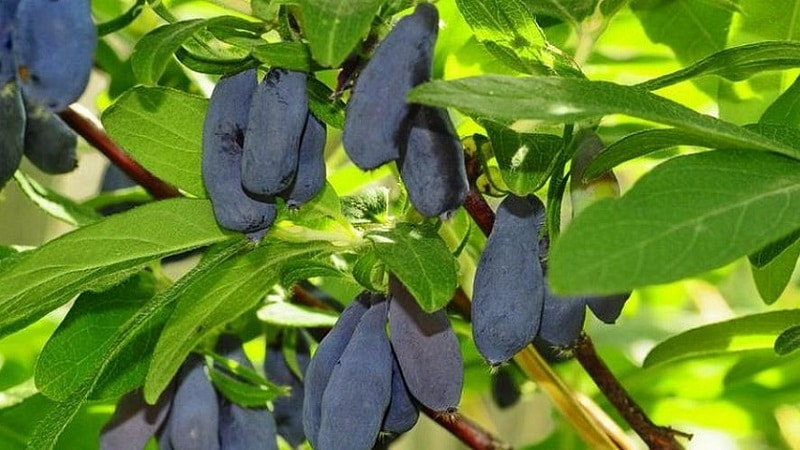
Honeysuckle Chulymskaya: advantages and disadvantages of the variety
Advantages of Chulymskaya:
- unpretentiousness;
- high productivity;
- large fruit;
- great taste of berries (score - 4.8 points);
- lack of crumbling;
- resistance to short-term drought, frost and spring frosts (the plant easily tolerates winter without shelter);
- immunity to diseases and pests;
- the ability to do without frequent pruning, since a compact rounded crown is initially formed.
Honeysuckle has few disadvantages:
- careful selection of landing site;
- labor-intensive propagation by seeds;
- the crop's requirements for soil moisture.
Difference from other varieties and hybrids
Features of Chulymskaya honeysuckle:
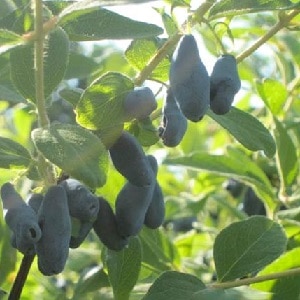 high frost resistance allows the variety to be cultivated in any region of the country;
high frost resistance allows the variety to be cultivated in any region of the country;- during the flowering period, flowers can withstand frosts down to -5°C, and this does not affect the quality and quantity of berries ripening in summer;
- Anthocyanin stripes do not form on the shoots in places exposed to sunlight, unlike other varieties and hybrids.
Agricultural technology
With proper planting and care, Chulymskaya produces tasty and aromatic berries for a long time.
Choosing a place in the garden and preparing holes
Seedlings require enough light, but not excess. Honeysuckle grows best in places where the lower part of the bush will be in the shade, and the top will receive direct sunlight.
Important! The area must be protected from the wind: strong gusts tear flowers and berries from the branches.
For landing prepare a hole 50 cm deep and 40–50 cm in diameter. Pour 2 buckets of compost into each hole. Lay hay, dead weeds or food waste on top, sprinkle everything with fertile soil and compact it.
Preparation for planting and soil requirements
Before planting, the seedling is soaked in warm water for 2 hours.The land is treated against fungal diseases and pests. To do this, pour a bucket of water with dissolved Fitosporin, Bona Forte or Bravo into the hole.
The soil must be fertile and moist, well drained. Suitable soil acidity is between 6 and 7.8 pH.
Dates, scheme and rules of planting
Seedlings in containers are planted in spring or autumn, plants with an open root system - in April.
When planting several bushes, maintain a distance of 1.3 m between them. This is important, since the plant will remain in one place for more than 20 years and will grow greatly.
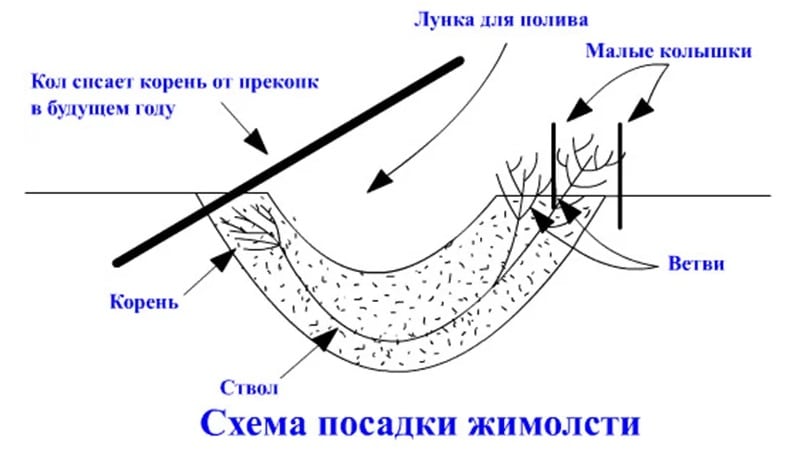
How to plant honeysuckle:
- Place the seedling in the prepared hole and cover it with soil, compacting it slightly.
- Pour a bucket of water into the tree trunk circle.
- Mulch the ground with peat, sawdust or fallen leaves. This will provide the plant with additional nutrition, prevent weeds from germinating and retain moisture in the soil. The mulch layer should be at least 8 cm.
Features of cultivation
Seedlings take root well only in moist soil. After planting, during the first month, watering is carried out 2 times a week. Then moisturize only in dry weather.
If the ground around the bush is very compacted under a layer of mulch, loosen it with a pitchfork. This allows air to flow inside, to the roots.
Honeysuckle cannot be loosened with a hoe or shovel, since the roots of the plant are close to the surface of the earth.
Chulymskaya does not require fertilizing in the first 3-4 years. Next, it is fed with mineral fertilizers or organic matter. Humus, manure and bird droppings are suitable as organic products.
The first pruning is carried out only 3 years after planting. Before this, dry or too long branches are cut off.
Pruning is performed in August or early spring.Remove all dry and damaged shoots, as well as those growing inside the bush. Anti-aging pruning is carried out only for old plants: all branches are shortened to a length of 30 cm.
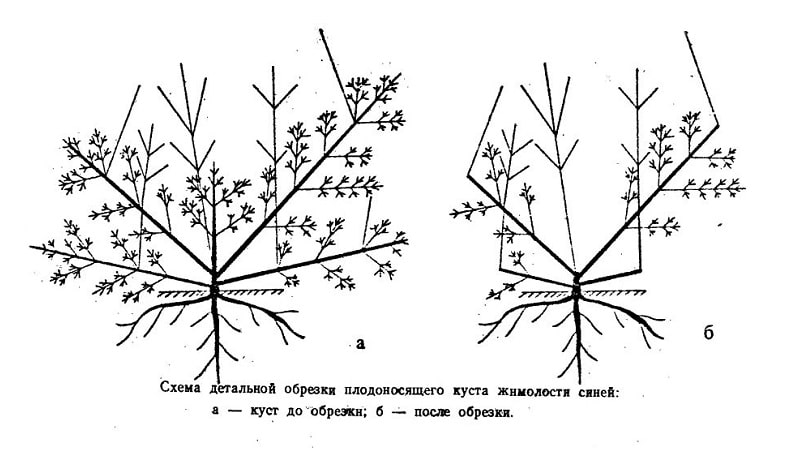
Pollinators
To ensure good harvests, at least 3 different varieties of honeysuckle are planted nearby, since this crop is cross-pollinated.
To have a lot of ovaries, it is important to attract pollinators to the garden. The best of them are bumblebees. To attract these insects, before flowering, the bushes are sprayed with a sweet solution (2 tablespoons of honey or sugar are diluted in 10 liters of water).
Disease and pest control
Honeysuckle is endowed with strong immunity, but is sometimes subject to diseases and pest attacks:
- Birds love to eat sweet berries. For protection, gardeners cover the bushes with a protective net or install traps.
- Aphids suck out the sap that nourishes the plant. Spring spraying with a 0.2% solution of Actellica or Rogora will help get rid of it.
- Root-knot nematodes (microscopic worms) feed on root juices. To combat these pests, the Topsin-M solution is used: it is used to treat the soil in the tree trunk circle.
- In unfavorable conditions, the plant can be threatened by powdery mildew and sooty fungus. For the prevention and treatment of diseases, Topaz, Fitosporin, and Baikal are used.
Preparing for winter
Honeysuckle is a frost-resistant plant. Pruned bushes tolerate frosts well down to -40°C. In some cases, only one-year-old shoots freeze slightly, but with the arrival of spring, the plant quickly recovers. Therefore, Chulymskaya is usually not covered for the winter.
Reproduction
Usually this culture propagated by cuttings. Honeysuckle is bred by seeds only in nurseries to obtain new varieties and hybrids.
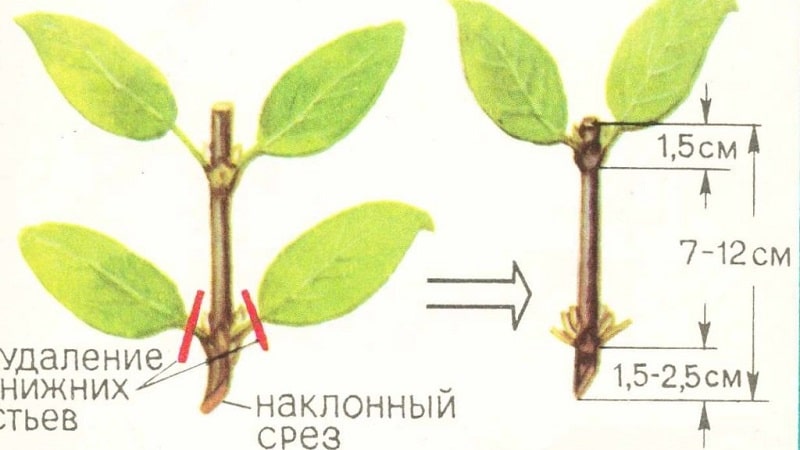
To propagate by cuttings from a plant 4-5 years old, in the spring, cut off a strong shoot and cut it into pieces of 20 cm so that the upper cut is straight and the lower cut is oblique. The lower part of the cuttings is dipped in a growth stimulator for several hours (in accordance with the instructions from the manufacturer). After this, they are planted in a box with black soil. The soil should be kept moist all the time. Cuttings take root in 3-4 weeks.
Difficulties in growing
Chulymskaya is less well adapted to the southern regions, since the climate here is drier. If there is a lack of moisture, it does not develop well - you have to constantly monitor the soil moisture.
In the southern regions, due to warm weather, the bushes sometimes bloom in the fall. In this case, the shoots are pruned.
Harvesting
The variety has medium ripening time. The fruits ripen over several weeks.
The berries begin to ripen from the end of June. They are collected daily by hand, choosing the ripest ones.
Tips and reviews from experienced gardeners
Reviews about this variety are only good. This is due to the unpretentiousness of the culture and the good taste of the berries.
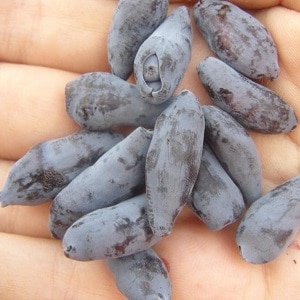 Olga Nikolaevna, Ekaterinburg: “I bought Chulym honeysuckle seedlings several years ago and planted them in my dacha. Before this, there were already several bushes of a different variety on the site. They turned out to be mutually pollinating, thanks to which we get excellent harvests every year. This is a winter-hardy variety, but to be on the safe side for the winter, I cover the plants with spunbond.”.
Olga Nikolaevna, Ekaterinburg: “I bought Chulym honeysuckle seedlings several years ago and planted them in my dacha. Before this, there were already several bushes of a different variety on the site. They turned out to be mutually pollinating, thanks to which we get excellent harvests every year. This is a winter-hardy variety, but to be on the safe side for the winter, I cover the plants with spunbond.”.
Victor Vitalievich, Moscow region: “I bought 2 bushes and planted them in the spring. They took root very quickly, but they need frequent watering. They grow well and bloom profusely, but there are no other varieties of honeysuckle on the site for pollination, so the harvests are small. The berries are juicy and tasty".
Conclusion
Honeysuckle Chulymskaya is an unpretentious and frost-resistant variety that produces a lot of tasty fruits. To obtain a bountiful harvest, be sure to plant other varieties of this crop nearby and monitor the level of soil moisture. Then the bushes will delight you with tasty and juicy berries every year.